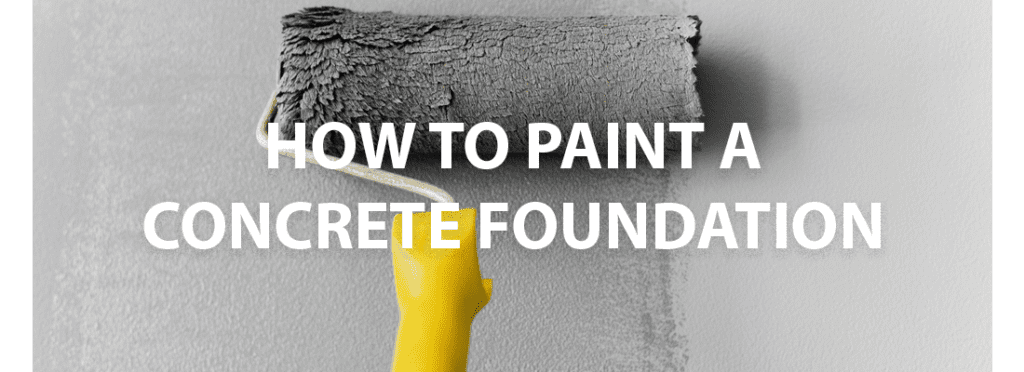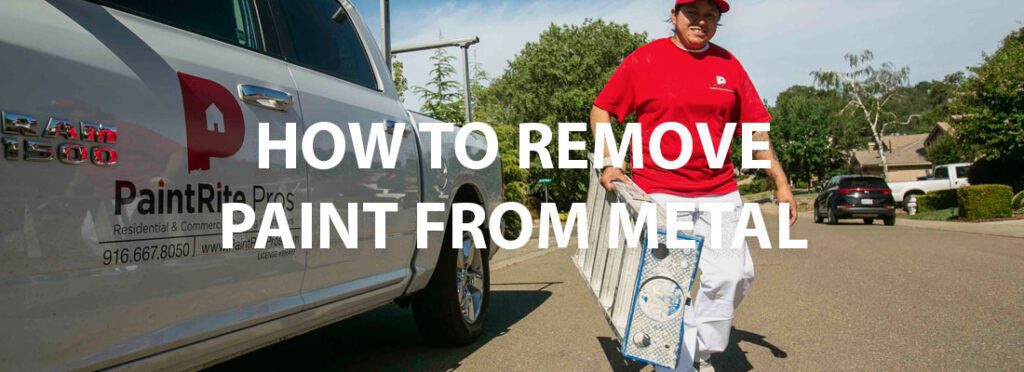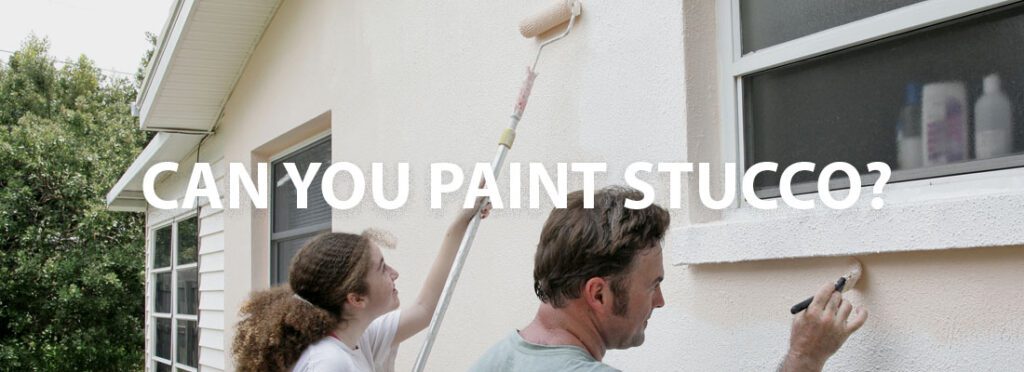
People often put so much money and energy into the exterior paint and landscaping of their homes that they fail to recognize their foundation paint is looking drab and run down. Many homeowners don’t understand how painting your concrete foundation can add to the overall curb appeal of your home. In this article, we’ll learn the proper steps to paint your concrete foundation as well as the tools and supplies you need to guarantee the best results possible.
If you live in the Sacramento area and need help painting your foundation, we can help! We serve the entire area including Dixon, Stockton, and El Dorado County. Click here to get your free estimate!
Do You Paint Walls or Trim First?
Supplies and Tools Needed
- Concrete Sealant
- Concrete Foundation Repair
- Primer
- Masonry Paint
- Paint Roller
- Paint Brush
- Painter’s Tape
- Protective Eyewear
- Sandpaper
- Drop Clothes
- Pressure Washer
- TSP (Trisodium Phosphate)
How to Paint a Concrete Foundation
Once you’ve acquired all the necessary materials and tools for your project, you’re all set to get started. Below are the steps we recommend for a successful outcome:
-
Clean Your Foundation
Because your concrete foundation is porous, dirt and grime can easily collect and build up an extra layer of gunk over the years. If you try to paint over this undesirable layer, your paint won’t adhere well or create a smooth finish. Thoroughly cleaning your foundation needs to be the first step you take.
You’ll need to spray your foundation down with a hose or pressure washer using a TSP (trisodium phosphate) solution to clean it. Spray your foundation with just water to remove all debris then apply the solution. The TSP is much more effective when your foundation is clean. Allow the solution to penetrate the concrete for at least 20-30 minutes before moving forward.
With a wire or utility scrub brush, scrub down your foundation to remove any stubborn dirt or stains. Once you’ve scrubbed the entire foundation, spray it down again to wash away the cleaning solution and dirt. Be sure to allow at least 24 hours of drying time before moving on to the next step. You may want to plan on extra drying time if the Sacramento temperature is on the cool side or the humidity is high.
-
Seal All Cracks or Holes in Your Foundation
During the cleaning of your foundation you likely will have noticed minor cracks, holes, or other imperfections in your concrete. Using a concrete foundation repair filler, patch up any areas of concern. Just be aware that you’ll need to allow 4-6 hours for the filler to dry completely. If you feel your foundation has structural damages that will require more than a little putty to fix, contact a professional foundation repair company in the Elk Grove area as soon as possible.
-
Prep With Painter’s Tape and Drop Clothes
In an effort to improve the overall aesthetics of your home and property, the last thing you want is to cover your siding or landscaping with spots of primer or paint. Cover any areas you wish to protect from paint overspray with drop clothes or painter’s tape. It may take a little extra time but prepping your home and yard will be worth the headache it can save you later.
-
Apply Sealant
A quality foundation sealant protects your concrete from water, dirt, and the weather. Using a concrete paint brush, roller, or sprayer, apply sealant to your foundation. We recommend applying two coats of sealant, allowing at least two hours of drying time between coats.
-
Apply Primer
A primer isn’t necessary, but will give your paint a favorable surface to adhere to when applied. After your sealant has completely dried, apply your primer. It works well to start at the corners and work your way in. Wait 8-10 hours for your primer to dry before applying paint.
-
Apply Paint
Start by applying a thin layer of masonry paint for your first coat. Wait at least 10 hours for the first coat to dry. Reassess how your foundation looks at this point. If you notice any unsightly drips or blemishes caused by the primer or paint, now is the best time to sand them down. Wipe down any sanded areas to remove fine dust particles before applying your second coat of paint. You can certainly apply a third coat if you feel it to be of benefit. Give 4-5 hours to dry before removing painters tape and other prep materials.
Best Paint for Exterior Foundations
Elastomeric paint, also known as masonry paint, is a good choice for painting foundations. It works well with concrete because it contracts and expands with the surface it’s painted on. Don’t use exterior house paint. It doesn’t contain the same binders as elastomeric paint and can crack and peel when used on concrete.
Foundation Paint Colors
As a rule of thumb, the color of your foundation should be either the same or darker than the color of your siding. You can paint your house foundation almost any color but it works best when it coordinates with your shutters and roof. When choosing a foundation color, pay attention to your walls, roof, and accents. We recommend choosing a neutral-colored tone for your foundation. This includes hues of brown, beige white, or gray.
How to Paint Your Concrete Foundation Conclusion
Painting your exterior foundation is a job you can certainly handle on your own. However, if you’d rather turn the job over to a professional painting company in Sacramento, contact PaintRite Pros. Our team of skilled technicians can help you pick the best colors for your home both inside and out and can tackle all your painting needs. We can help you with all of your exterior and interior painting needs including kitchen cabinets!










